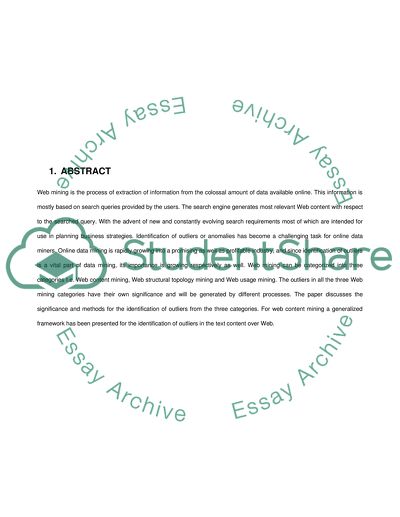Cite this document
(“Generalized Framework For Mining Web Content Outliers Research Paper”, n.d.)
Retrieved de https://studentshare.org/information-technology/1390483-web-content-outlier-mining-using-web-data-sets-to
Retrieved de https://studentshare.org/information-technology/1390483-web-content-outlier-mining-using-web-data-sets-to
(Generalized Framework For Mining Web Content Outliers Research Paper)
https://studentshare.org/information-technology/1390483-web-content-outlier-mining-using-web-data-sets-to.
https://studentshare.org/information-technology/1390483-web-content-outlier-mining-using-web-data-sets-to.
“Generalized Framework For Mining Web Content Outliers Research Paper”, n.d. https://studentshare.org/information-technology/1390483-web-content-outlier-mining-using-web-data-sets-to.


